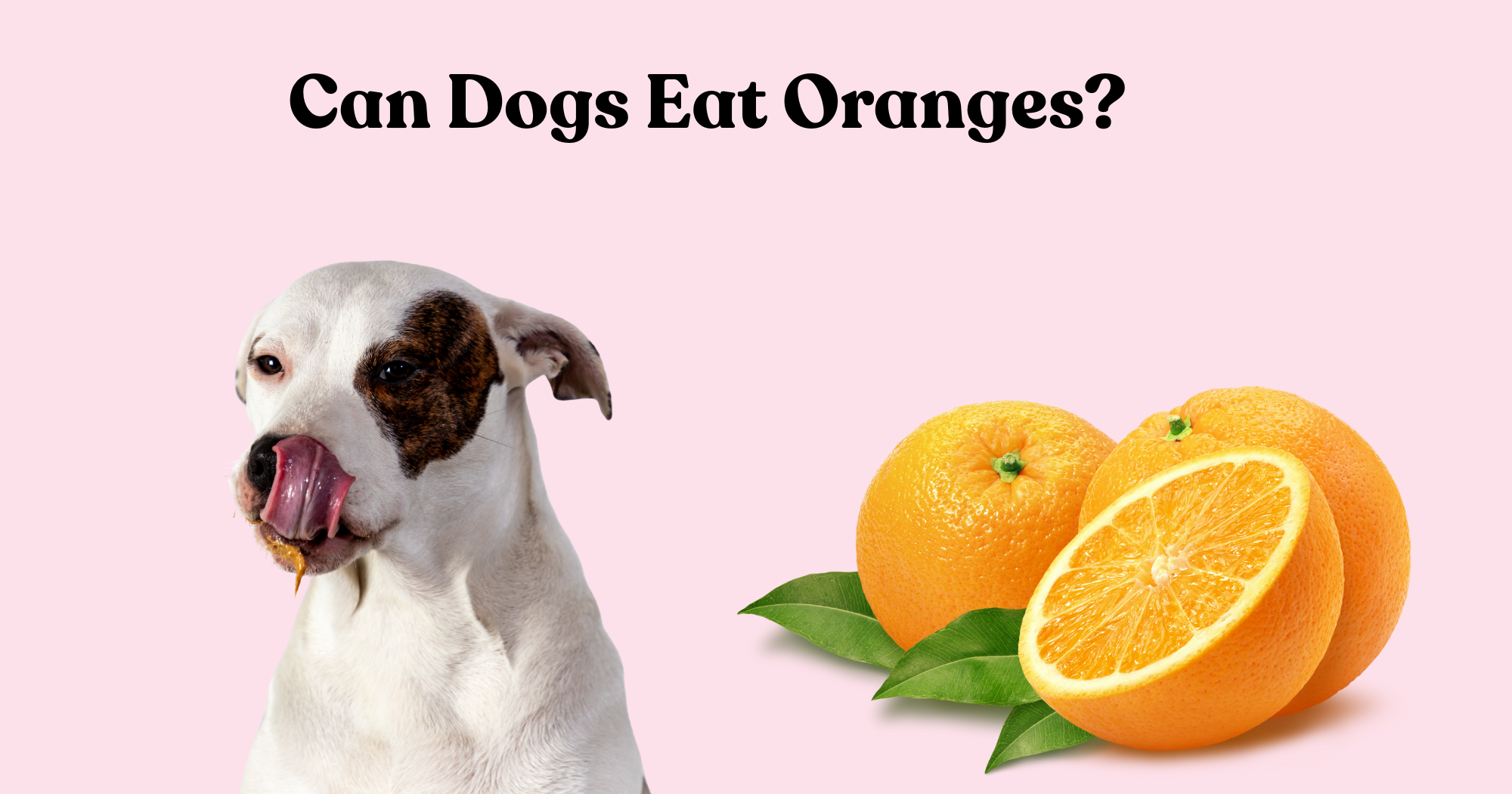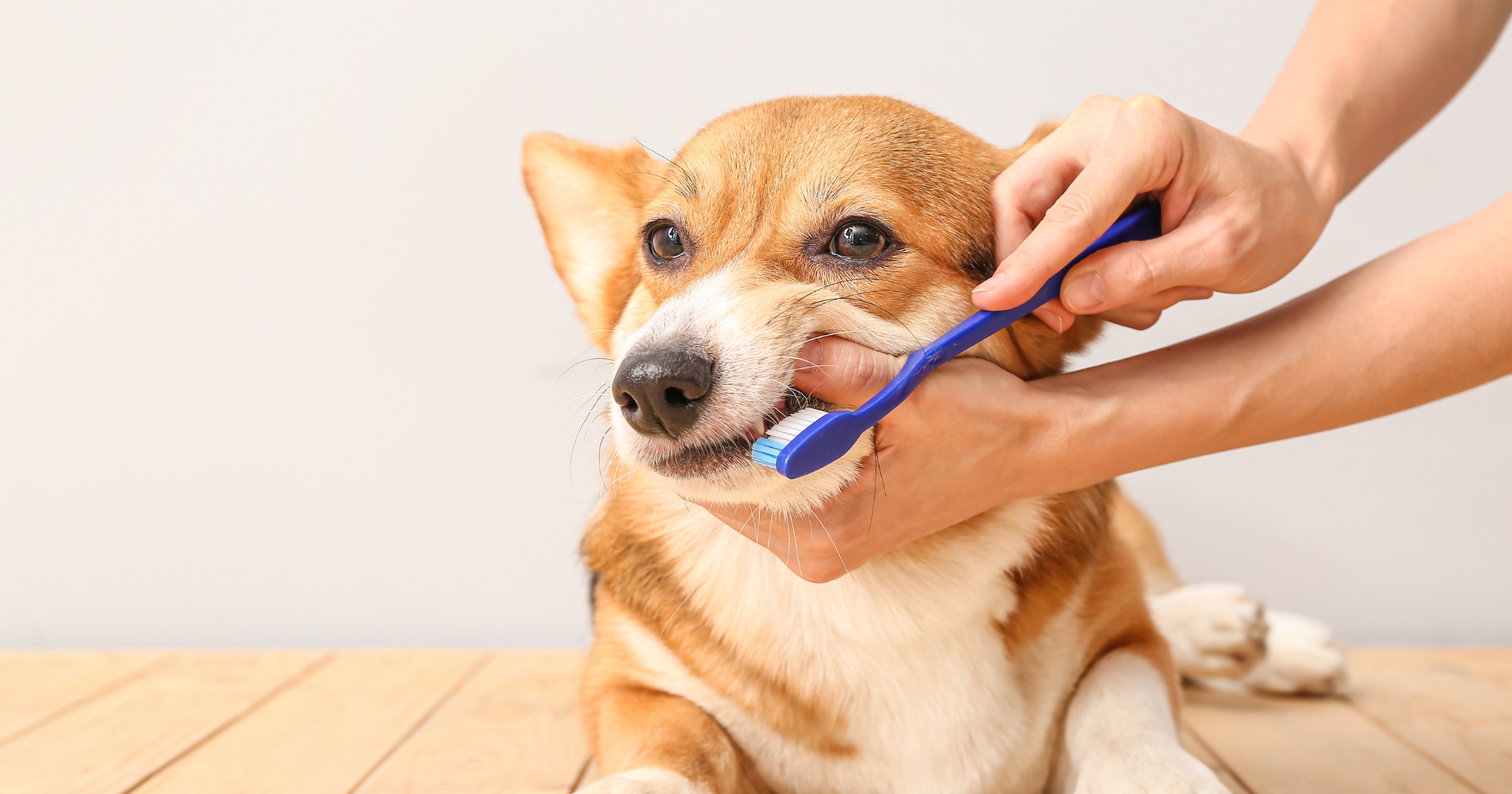
Can Dogs Eat Oranges? 🍊
Oranges are a popular citrus fruit, packed with vitamin C and hydration benefits. But when it comes to sharing this juicy snack with your canine friend, pet owners often ask: Is it safe?
The answer? Yes — but only in moderation, and with some precautions. While oranges can offer some health perks, things like sugar content, citric acid, and orange peels can lead to problems like gastrointestinal upset, an upset stomach, or even pose a choking hazard.
Here’s what you need to know before feeding oranges to your dog.
🧡 Health Benefits of Oranges for Dogs
✅ Vitamin C Boost
Although dogs produce their own vitamin C, a small supplement from fruits like oranges can support their immune system and reduce inflammation. This antioxidant helps protect the digestive tract and skin from cell damage.
✅ Hydration & Fiber
Oranges are mostly water — a refreshing, low-calorie treat that helps keep your dog hydrated. They also offer fiber, which can support digestion and weight management.
✅ Breath Freshener (Kind of!)
The essential oils and acidity in citrus may slightly freshen breath, but they’re no replacement for brushing.
⚠️ Risks of Feeding Oranges to Dogs
🍬 Sugar Content
Oranges contain natural sugar, which can cause a sugar rush, lead to weight gain, and even affect dogs with diabetes. High sugar content is not ideal for regular feeding.
🍊 Citric Acid & Acid Content
While small amounts of citric acid are usually safe, too much can irritate your dog’s digestive tract. Dogs with sensitive stomachs may experience gastrointestinal distress or other digestive illnesses.
🍊 Orange Peels & Orange Seeds
Never feed your dog orange peels or orange seeds. They’re difficult to digest, high in acid content, and may contain essential oils harmful to pets — plus, they’re a serious choking hazard.
🍊 Moldy Oranges
Feeding moldy oranges can be dangerous. Decomposing citrus can be toxic and lead to vomiting or diarrhea.
🐶 Allergies or Intolerance
Some dogs may show signs of intolerance or allergies, including itching, gastrointestinal issues, or changes in behavior. If this happens, stop feeding and call your vet.
🐾 When to Avoid Oranges
Avoid oranges if your dog:
- Has diabetes or is overweight (due to sugar content)
- Suffers from gastrointestinal issues
- Is a puppy with a sensitive digestive tract
- Has a history of allergies
Always follow dog feeding guides or ask your vet before introducing new foods.
🍽 How to Safely Feed Oranges
- Peel and remove all orange seeds
- Cut into small, bite-sized pieces
- Serve in moderation as a dog treat or dog food topper
Serving Tip:
- Small dogs: 1–2 segments
- Medium dogs: 2–3 segments
- Large dogs: Up to ½ an orange
🐶 Better Fruit Alternatives
If oranges don’t sit well, try these safer options:
✅ Strawberries – High in fiber and vitamin C
✅ Blueberries – Antioxidant-rich and gentle on the tummy
✅ Watermelon – Hydrating, seedless, and safe in moderation
✅ Green Beans – Low in calories, great for training and digestion
Avoid dangerous foods like cherry pits, tomato leaves, and potato leaves – all flagged by the Pet Poison Helpline and veterinary sources like the University of Pennsylvania School of Veterinary Medicine.
🏥 What If My Dog Has a Reaction?
Look for signs of:
- Vomiting or diarrhea
- Excessive drooling
- Lethargy or behavioral changes
Stop feeding oranges immediately and consult your vet. This is also where pet insurance can help cover emergency visits and treatments.
Final Thoughts
Oranges can be a safe, occasional dog treat — but only in small amounts and with the right preparation. Avoid orange peels, watch for signs of an upset stomach, and consult your vet when in doubt.
For more safe snack options, check out our dog food and treat collection 🐾




